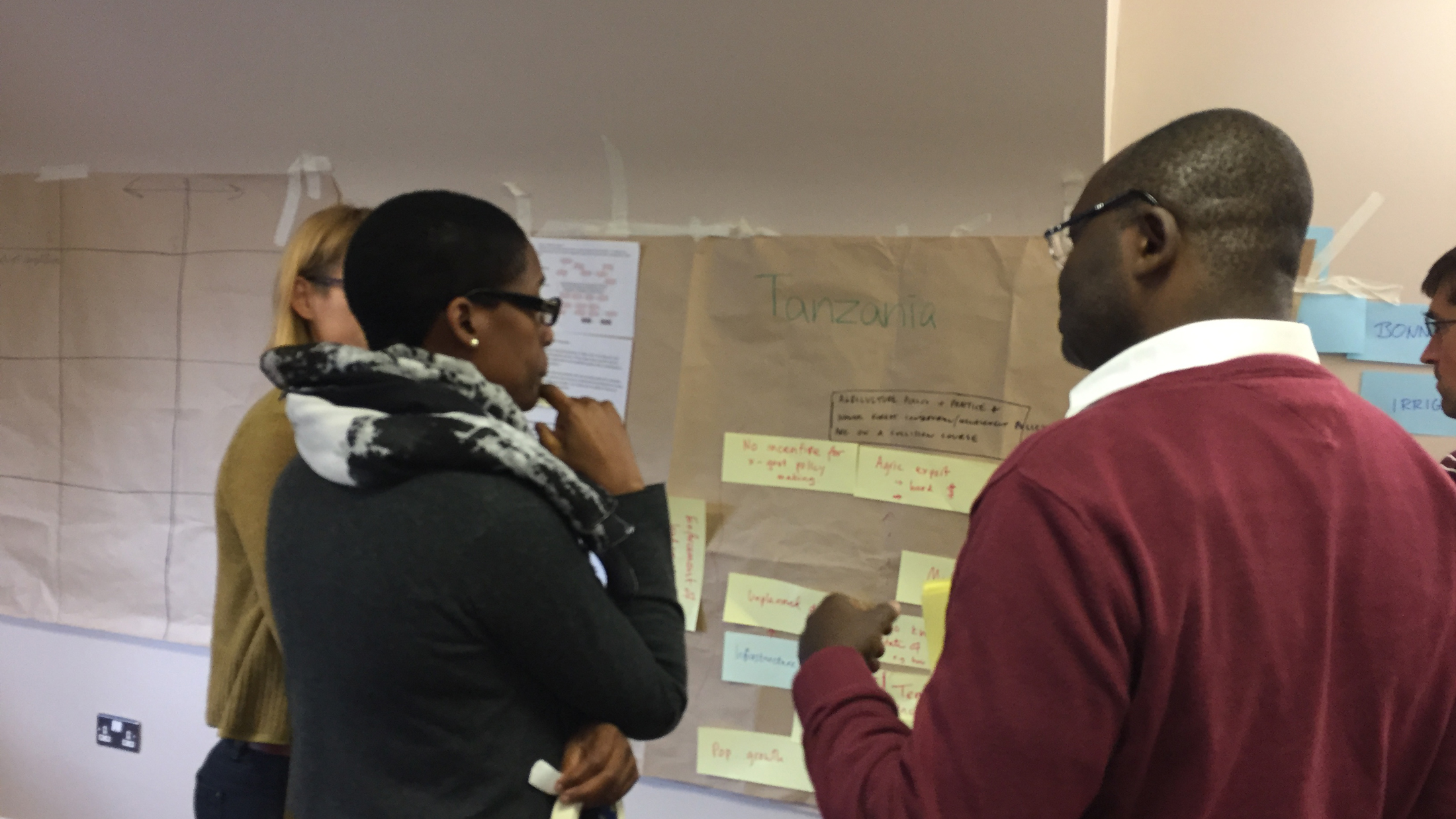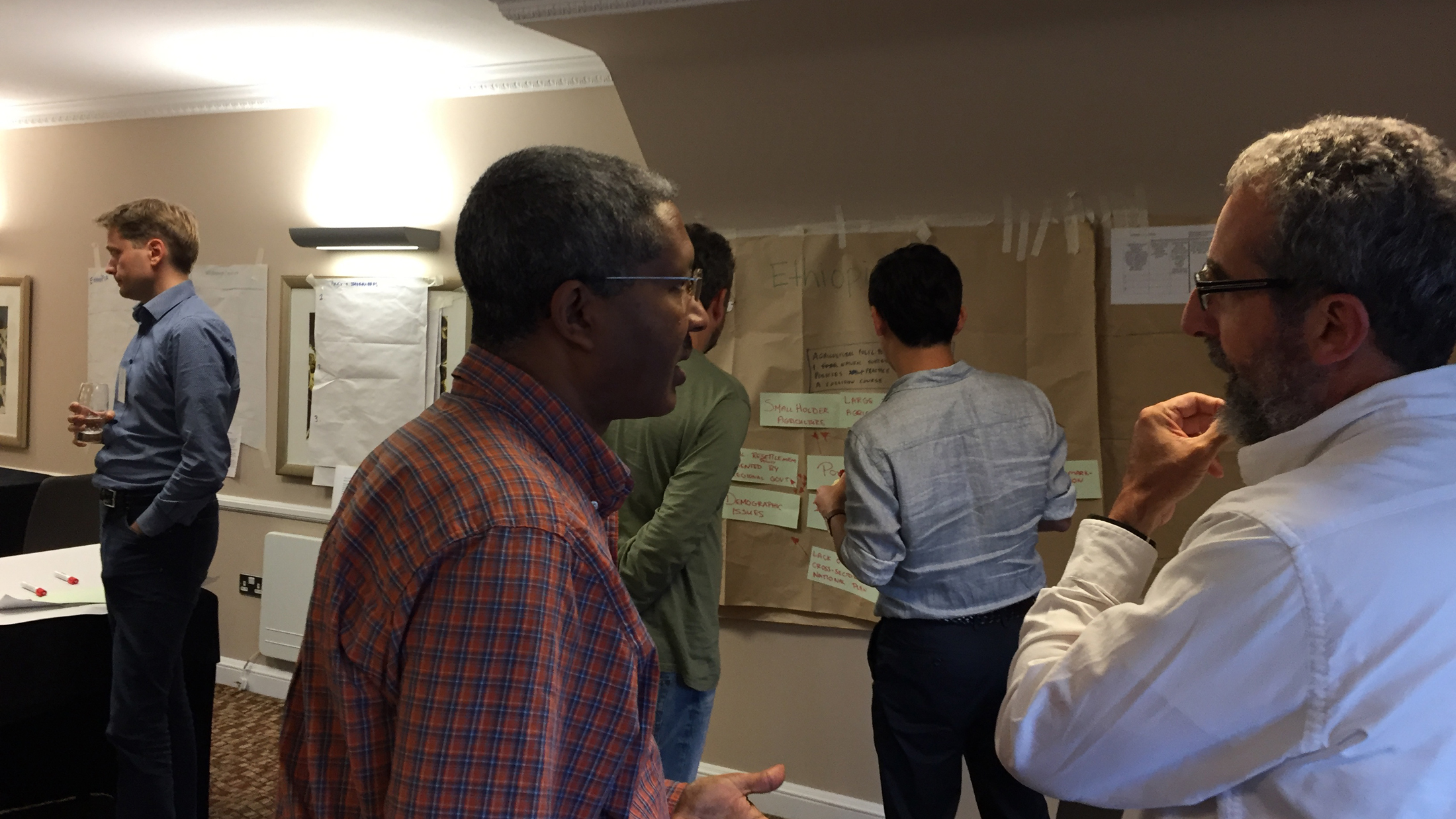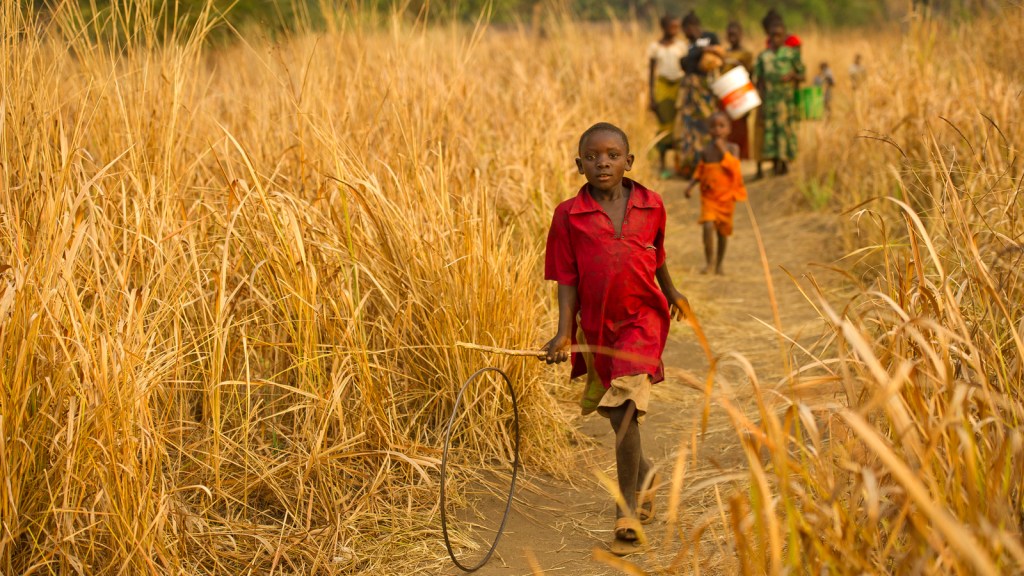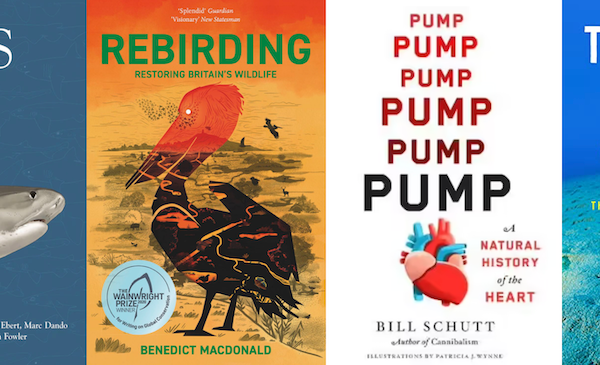Is it possible to end hunger and protect the forest in sub-Saharan Africa?
At first glance, it looks like food and forests in Africa present a “catch 22.”
In many countries, particularly in sub-Saharan Africa where locally grown cereal crops (e.g., barley, maize, teff, rice, sorghum, among others) are the mainstay of diets, expanding area under agriculture could be in direct conflict the forests protecting the very soil and water sources desperately needed to produce all that food.
It also places the United Nations Sustainable Development Goal to end hunger in direct conflict with Sustainable Development Goals aimed at forest protection. Can this be resolved?
This is why Phil Franks of the International Institute for Environment and Development, based in the UK, convened a team of experts in a Science for Nature and People Partnership (SNAPP) working group to rapidly find solutions to this problem in four high opportunity countries. Tanzania, Ethiopia, Ghana and Zambia all hold the promise of intensifying local agriculture to give people food security and enhance the way nature works, particularly in forests.
Lucy Magembe works on getting nature conservation front and center on the Tanzanian national agenda. This is her second time joining a SNAPP team (the first focused on sustainable agricultural intensification in southern Tanzania). “Communities in Tanzania tend to get money for projects and the funders don’t want their money to go to research. SNAPP can be very good at filling this niche where we need science to guide the project,” she says.

In Tanzania, agriculture is undergoing a perception change. Formerly dominated by youth and women, farming is now being marketed toward aspiring professionals as agribusiness: growing high-end avocados for England, supplying the restaurant scene in cities around the world.
Good land use planning that would balance the needs of forest and agriculture takes two years and US$10,000 for just one village. In a country where the average household annual income is under US$1,000, this means very few communities will make this investment. The results of the SNAPP group can help guide Tanzania’s national Kilimo Kwanza (Agriculture First) policy to a sustainable path of raising incomes, protecting forests and reducing hunger.
The SNAPP working group includes members from each of the different countries because the social context and political situation in each requires tailored solutions. Tagel Gebrehiwot of the Ethiopian Development Research Institute agrees: “There is a need for information on trade-offs between cereal production and high biodiversity areas.”

The Ethiopian highlands are crowded, land is degrading and size of land allocated per household is decreasing. But people no longer have the option to disperse around the country; the government voluntary resettlement plan is limited to settling within the same region, which, in some cases, is relocating thousands of people into areas of high conservation value.
The SNAPP team is tackling these complex problems through a first-of-its-kind combination of political economy analysis and creating maps that can clearly show the impact of different crop regimes on where people live and nature thrives. By involving deeply engaged nationals such as Lucy and Tagel from the inception, the team will be able to guide both the science and solutions to make real and positive change in the world.




It is an very informative article and acted as an eye opener , there are numerous NGO striving hard to achieve harmony via limited resources .My friend went for a voluntary tour this summer to Africa along with an NGO , she describes the tour as heart wrenching to see so much suffering and how people from all backgrounds collaborated to contribute their bit , it is known as Mission Humanitaire ,those who want to take peek can visit the website
http://www.mission-humanitaire-afrique.org
Here’s a view from the other side: https://blogs.scientificamerican.com/observations/dont-convert-africas-savanna-to-agricultural-land/